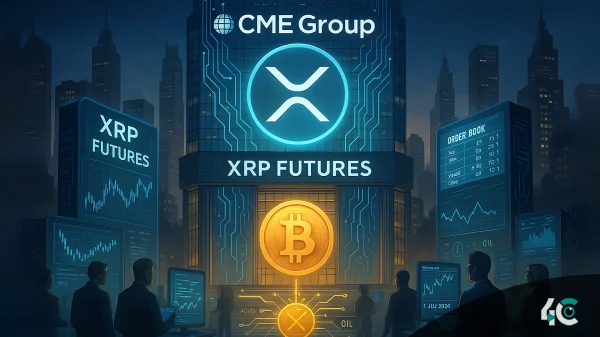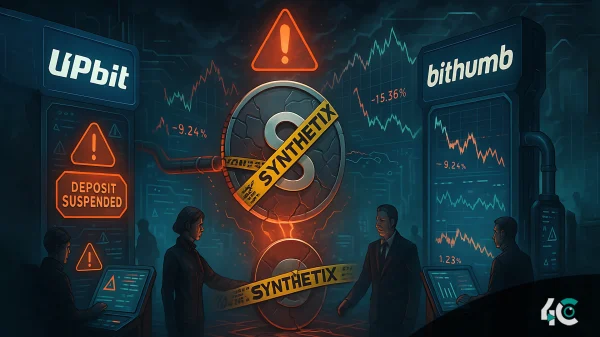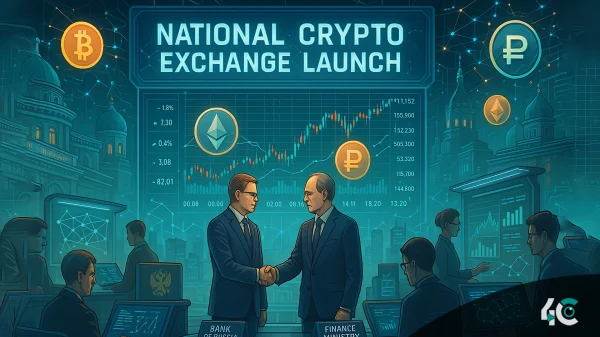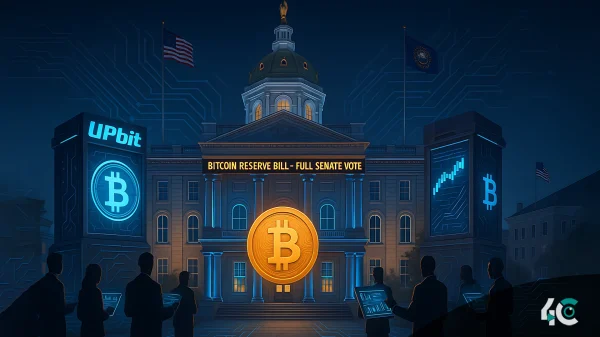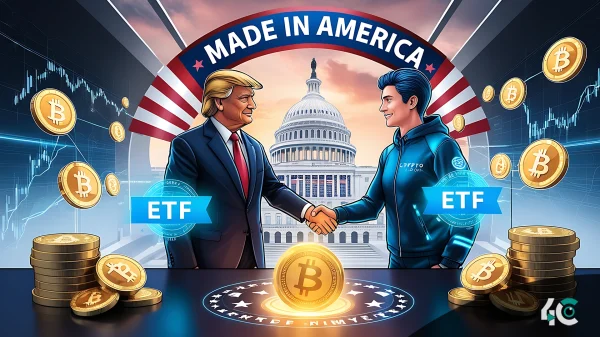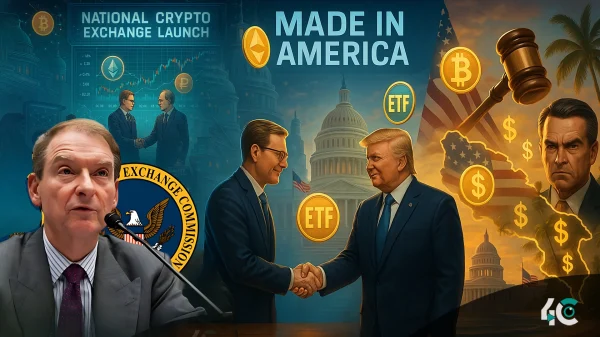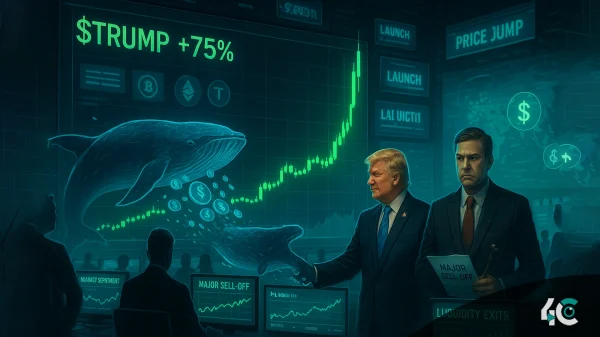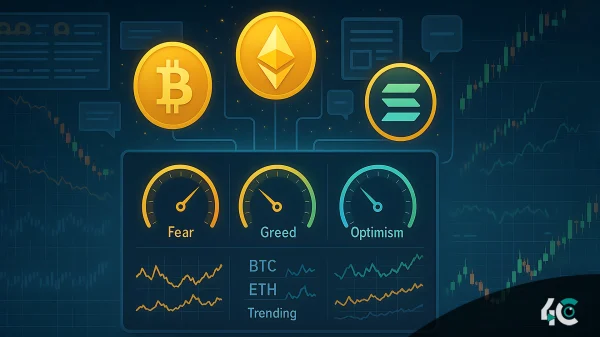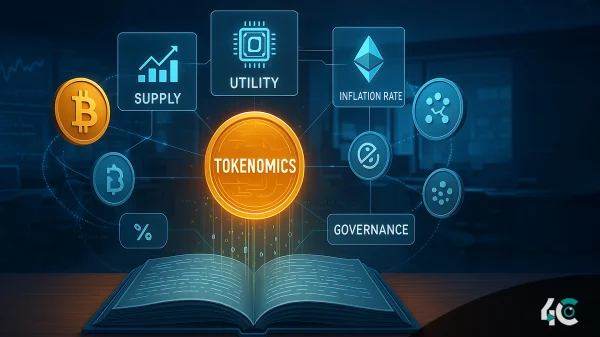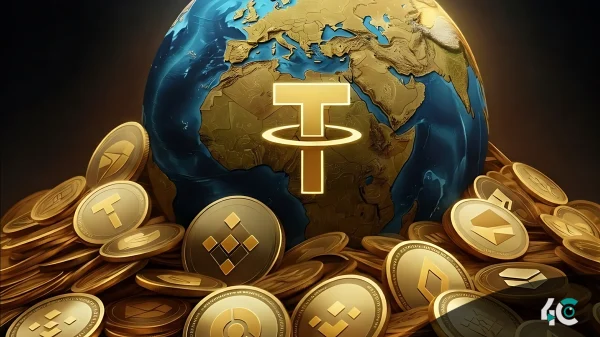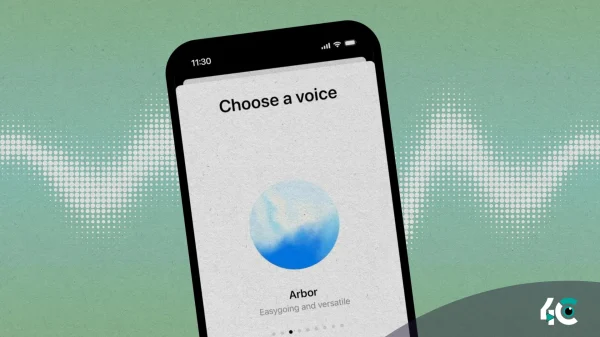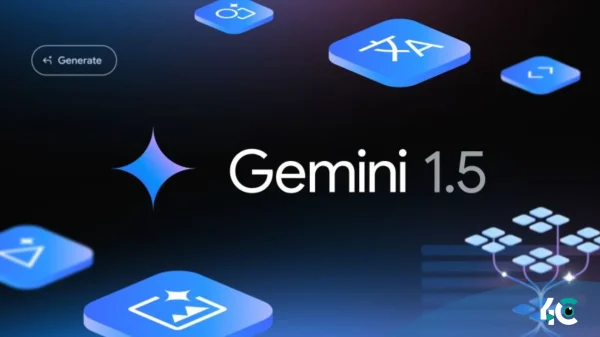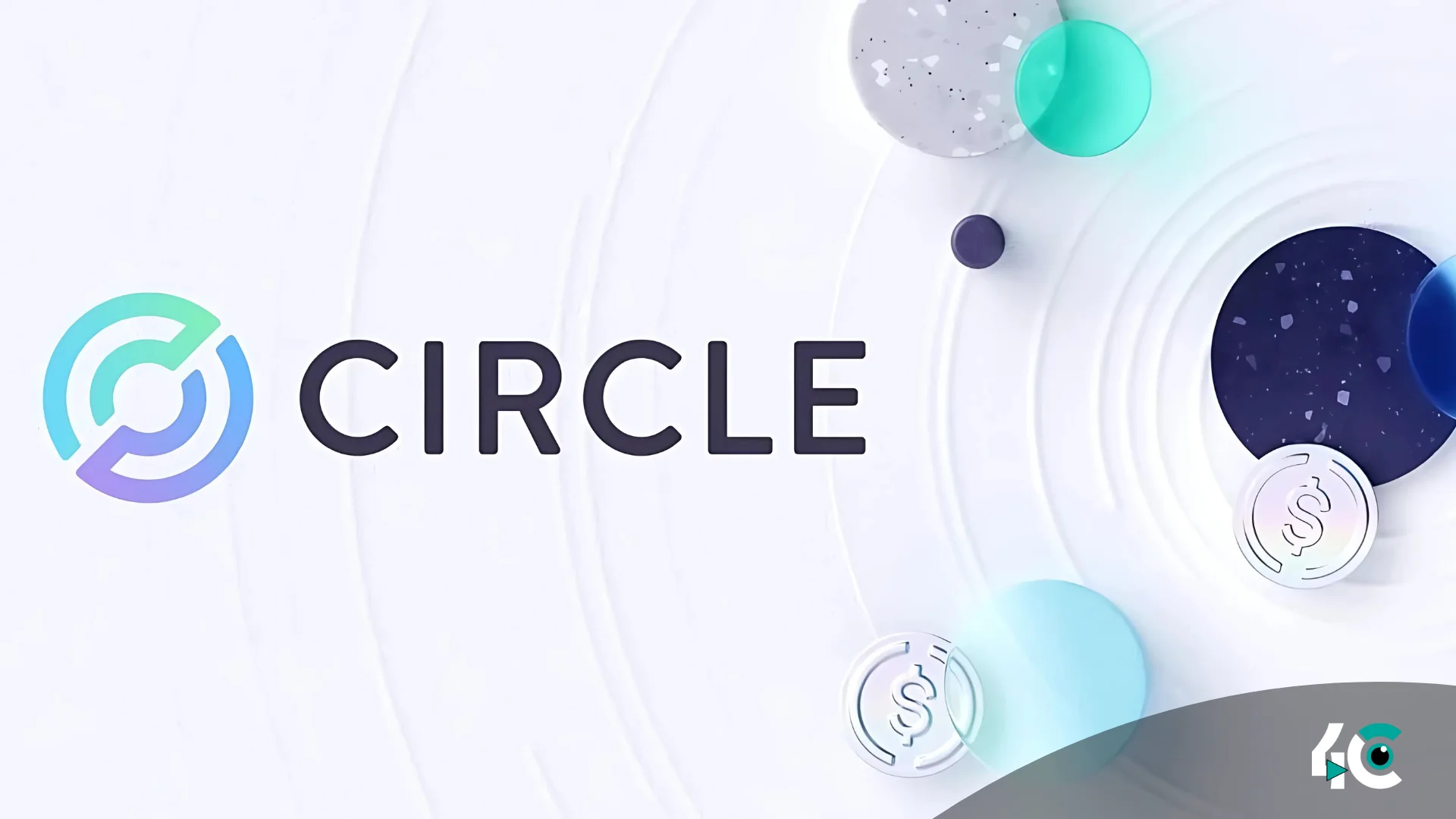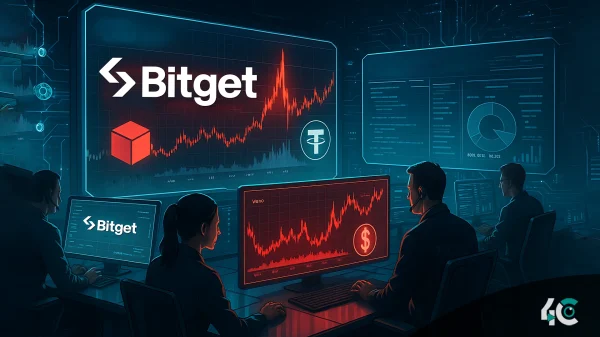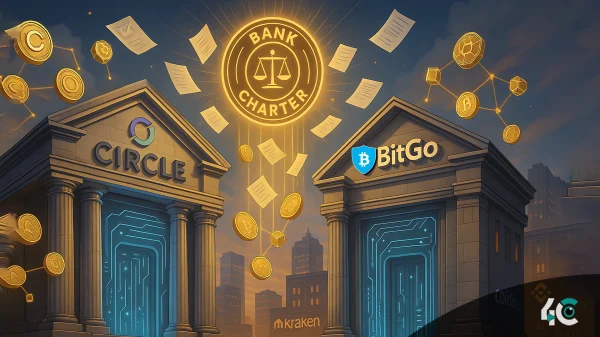Circle has stated that it will connect its USD Coin (USDC) to the national banking systems of Brazil and Mexico. This is a big step forward. This merger, which was made public on September 17, lets companies in both countries access USDC directly through their own banks, so they don’t have to use foreign cash payments.
With USDC, businesses in Brazil and Mexico can do more
Businesses can now use USDC in both Brazil’s PIX and Mexico’s SPEI systems since they are now connected. Brazil’s PIX quick payment system lets people make payments at any time, day or night. In Mexico, SPEI does the same thing. Companies can now change local currencies like the Brazilian Real (BRL) and the Mexican Peso (MXN) directly into USDC. This makes operations run more smoothly and cuts transaction times from days to minutes.
Both local and international deals are good
This change makes it much faster and cheaper to change local coins into US dollars and then back to USDC. Circle wants to make it easier for businesses in Latin America to handle their money by giving them straight access to USDC. This is especially helpful because of all the cross-border trade and money transfers that happen in these areas. In 2023, the US sent $63 billion to Mexico alone.
Effects on strategy and hopes for the future
Brazil and Mexico, which have the biggest economies in Latin America, are very important to trade around the world. About 95% of Brazil’s $640 billion a year trade with other countries is done in dollars. Mexico’s trade with the US is over $800 billion a year. We think that adding USDC to local payment systems will make money management easier and help digital currencies become more popular in these areas.
Circle is still growing around the world, and this integration is a big step toward making digital dollars easier to use for both local and foreign purchases.


